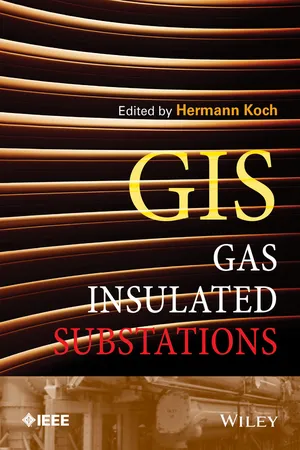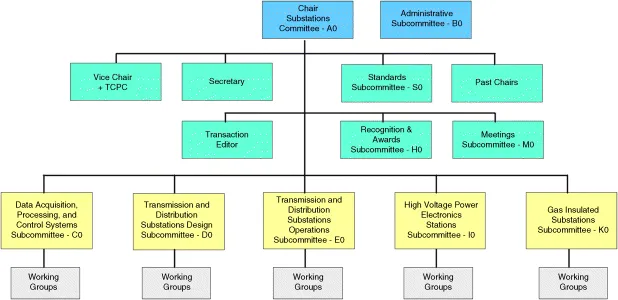
- English
- ePUB (mobile friendly)
- Available on iOS & Android
Gas Insulated Substations
About This Book
Comprehensive reference covering all aspects of gas insulated substations including basic principles, technology, use & application, design, specification, testing and ownership issues
This book provides an overview on the particular development steps of gas insulated high-voltage switchgear, and is based on the information given with the editor's tutorial. The theory is kept low only as much as it is needed to understand gas insulated technology, with the main focus of the book being on delivering practical application knowledge. It discusses some introductory and advanced aspects in the meaning of applications.
The start of the book presents the theory of Gas Insulated Technology, and outlines reliability, design, safety, grounding and bonding, and factors for choosing GIS. The third chapter presents the technology, covering the following in detail: manufacturing, specification, instrument transformers, Gas Insulated Bus, and the assembly process. Next, the book goes into control and monitoring, which covers local control cabinet, bay controller, control schemes, and digital communication. Testing is explained in the middle of the book before installation and energization. Importantly, operation and maintenance is discussed. This chapter includes information on repair, extensions, retrofit or upgrade, and overloading. Finally applications are covered along with concepts of layout, typical layouts, mixed technology substations, and then other topics such as life cycle assessment, environmental impact, and project management.
- A one-stop, complete reference text on gas insulated substations (GIS), large-capacity and long-distance electricity transmission, which are of increasing importance in the power industry today
- Details advanced and basic material, accessible for both existing GIS users and those planning to adopt the technology
- Discusses both the practical and theoretical aspects of GIS
- Written by acknowledged GIS experts who have been involved in the development of the technology from the start
Frequently asked questions
Information
1
Introduction
1.1 General
1.1.1 Organization

| C0: | Data acquisition, processing and control systems with a focus on substation requirements as part of the overall network |
| D0: | Transmission and distribution substation design for a medium voltage substation in the range of 1 kV up to and including 52 kV and a high voltage substation above 52 kV |
| E0: | Transmission and distribution of substation operations for medium voltage substations in the range of 1 kV up to and including 52 kV and high voltage substations for above 52 kV |
| I0: | High voltage power electronics stations for DC equipment above 1.5 kV to be installed in a substation or converter station like AC/DC converters, coils, filters, grounding, and software for control and protection |
| K0: | Gas insulated substations for AC high voltage equipment above 1 kV of switchgear, disconnectors, and ground switches (GIS) and power transmission (GIL) |
Table of contents
- Cover
- Title Page
- Copyright
- List of Contributors
- Foreword
- Acknowledgements
- Chapter 1: Introduction
- Chapter 2: Basic Information
- Chapter 3: Technology
- Chapter 4: Control and Monitoring
- Chapter 5: Testing
- Chapter 6: Installation
- Chapter 7: Operation and Maintenance
- Chapter 8: Applications
- Chapter 9: Other Topics
- Chapter 10: Conclusion
- Further Reading
- Index
- End User License Agreement